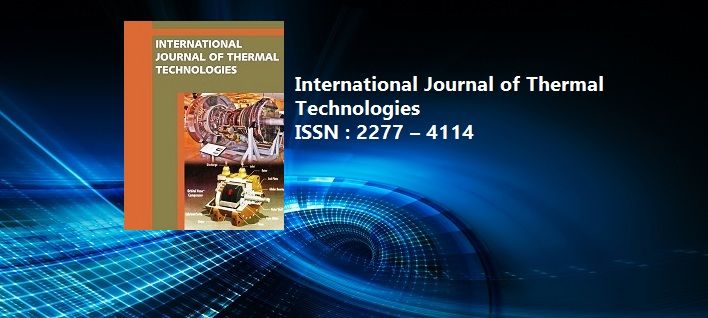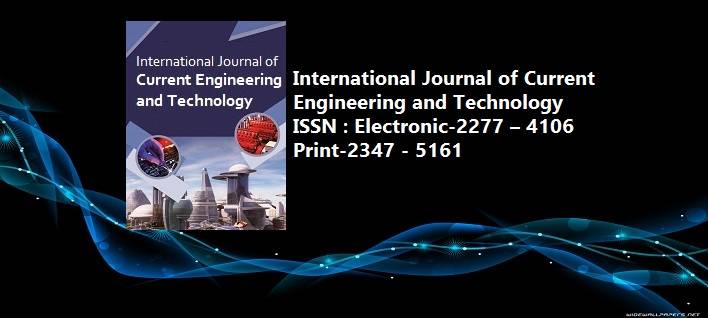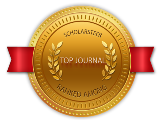An Energy Threshold based WSN Clustering Schema using PAM Algorithm
Pages : 434-438
Download PDF
Abstract
Wireless sensor network consists of number of sensor nodes clustered together to collect various environmental or other physiological data like temperature, pressure, seismic graph, sound, location, etc. WSNs are used in various fields like healthcare, monitoring systems, military, etc. Sensor nodes run on battery without direct power supply. Hence, energy efficiency becomes the major issue in WSNs to make WSNs run for longer. Because these wireless sensor nodes run on batteries and they carry a limited battery life. Routing process and Sensing process consumes the battery power. Sensing process is the primary process of sensor nodes, hence, cannot make changes in this process. Routing process is the secondary process of the nodes, and is having a great possibility of improvements. In the existing approach, k-mean was used for the clustering algorithm for the cluster head selection. In this paper, we have proposed an effective and efficient cluster head selection method using k-Medoids to solve the stated problem, especially for large WSNs consisting of thousands or millions of nodes. k-Medoids is more efficient and correct than k-Means for large clusters. Both of K-Means and k-Medoids utilize expectation maximization (EM) strategy to converge to a minimum error condition. While k-Medoids require the cluster centers to be centroids, in k-Means the centers could be anywhere in the sample space. k-Medoid is more robust to outliners than k-Means therefore results in more quality clustering. It is also computationally more complex. Computer simulation will be performed in the NS2 environment and the proposed approach will be compared with LEAH and HEED.
Keywords: WSN, PAM etc.
Article published in International Journal of Current Engineering and Technology, Vol.5, No.1 (Feb-2015)



















 MECHPGCON, MIT College of Engineering, Pune, India
MECHPGCON, MIT College of Engineering, Pune, India AMET, MIT College of Engineering, Pune, India
AMET, MIT College of Engineering, Pune, India International Conference on Advances in Mechanical Sciences
International Conference on Advances in Mechanical Sciences  International Symposium on Engineering and Technology
International Symposium on Engineering and Technology International Conference on Women in Science and Engineering
International Conference on Women in Science and Engineering




